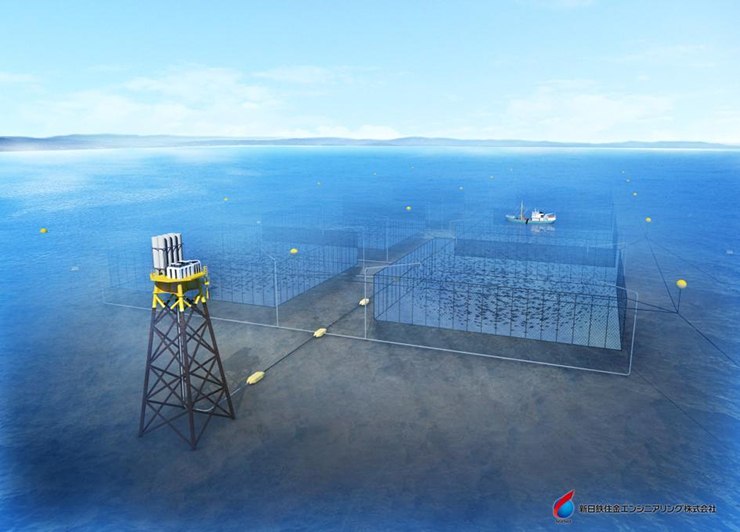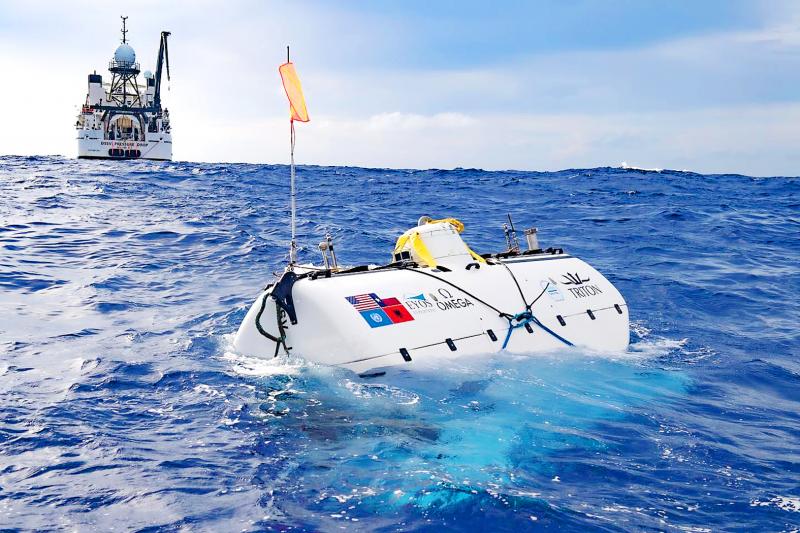AI Provides Solutions for the Japanese Fishing Industry
In the 1990s farmed fish (aquaculture) accounted for about one-quarter of global seafood production according to the UN Food and Agricultural Organization. Now, with demand rising and the ocean’s resources being steadily depleted, aquaculture has overtaken wild fishery, globally producing more than 100 million metric tonnes of seafood each year.
Artificial intelligence is increasingly used in aquaculture management to analyze water conditions, environmental changes and fish status. And nowhere are these emerging fishing industry technologies more important than in Japan.

According to a report by private research group Yano Economic Research Institute, Japan’s aquaculture market will reach JP¥20.3 billion in 2021, an increase of 53 percent from 2016. AI-powered smart fisheries will account for JP¥1.3 billion, a figure that is rising quickly.
The aging of Japan’s primary fishing industry and the lack of successors reflect larger social issues related to the country’s aging population and declining birthrate. Wild fisheries are also increasingly constrained by resource conservation efforts, which has dealt a double blow to the Japanese fishing industry.
This article looks at three Japanese cases where AI is being applied either in large-scale aquaculture or to improve yields in traditional capture fishing.
Live weight management of fish by underwater camera
Aquaculture operations need to provide different amounts of feed depending on the weight of fish in their farms. Currently, if 50,000 fry are being raised in a breeding area, at least 200 fry are randomly sampled each time operators want to determine average weight. However, 200 of the 50,000 fry accounts for only 0.4 percent of the total, and so weight estimates may be inaccurate due small sample size.
Nippon Steel, in cooperation with NEC, is testing and deploying an automated underwater shooting system that captures images with a stereo camera. These are then processed frame by frame by an AI system that can determine fry size and weight by analyzing feature points, such as the tip of the fish’s nose and the size of its spine. The system can save time and reduce labour costs while improving accuracy.

Optimizing income and expenditures with AI
Environmental factors such as water temperature, salt concentration, meteorological conditions, tides, wind direction, wind speed, carbon dioxide level and age all affect the appetite of fish. For efficient fish stock management AI can analyze these factors to determine real-time state of the fry provide the correct amount of feed. An AI system provided by Nippon Steel can reduce feed amount by 60–70 percent to significantly lower production costs.

capture Fishing analysis AI
Sasebo Kokai Sokki, Sasebo City, and Nagasaki Prefecture are cooperating in the maintenance of navigation and marine meteorological observation equipment for capture fishing. The aim is use fishery AI to offset the declining number of fishery workers. The system considers market demand and advises fishermen how to adjust their catch accordingly to prevent fish prices falling due to overfishing. This can reduce both the working hours of fishermen and the fuel costs of fishing boats to stabilize the income of fishermen while reducing waste to better protect natural resources.

In this case the AI is largely trained by the fishermen themselves. The system logs the daily catch, seawater temperature, and fishing area. Past marine weather data from other data sources is also added to enable the AI to understand the relationship between fishing yields and weather conditions. Sasebo’s fishery app considers maps, operational diaries, weather data, tides, temperature, captured fish, etc. to guide fishermen on how to increase yields for each fishing session.
AI’s Future in the Japanese fishing industry
Japan’s fishing industry can be divided into two major categories: deep-sea farming and capture fishing. The former can use AI to analyze the growth state and feed requirements of fish; while AI can help the latter with analysis of data such as weather, catch, and ocean currents. Whether in real-time analysis or in complex conditional judgment, AI has far more power and potential than humans for these tasks.
Humans working in the traditional fishing industry need to learn their skills from mentors and through direct experience, and identifying and correcting mistakes is challenging because the natural forces the industry deals with are constantly changing. The aging of Japanese fishery workers has also created a labour shortage that is negatively affecting productivity. AI can offer solutions to these problems, particularly by engaging tech-savvy young Japanese who might not have otherwise considered entering the fishing industry.
Source: Medium


